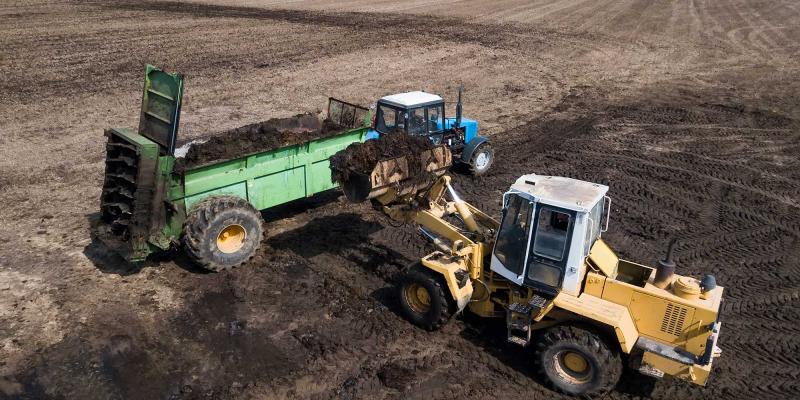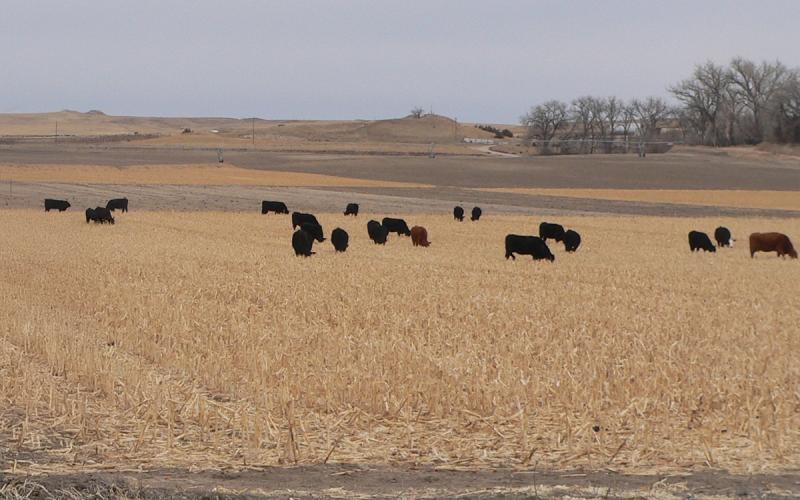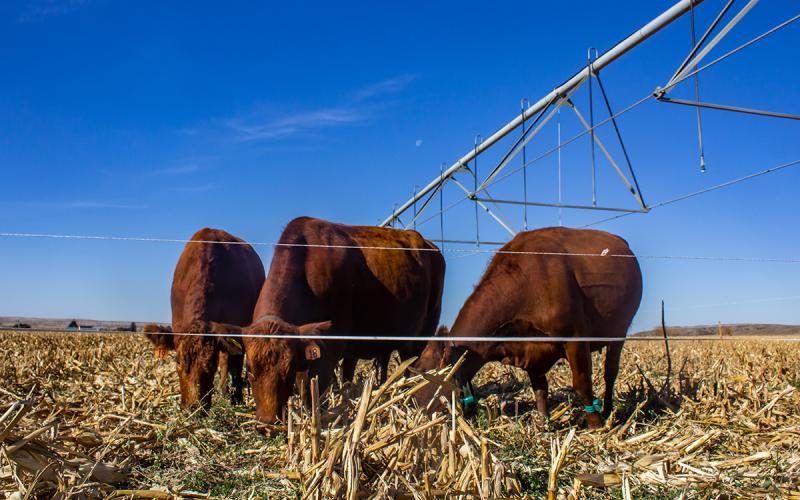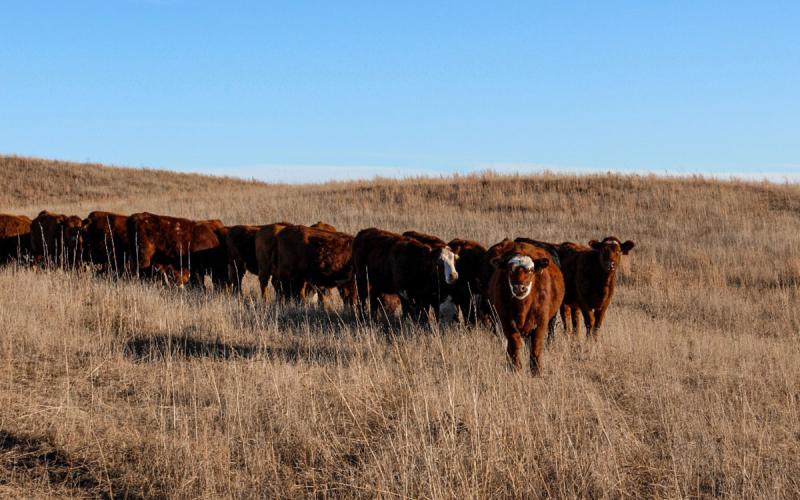Cattle can possess the greatest genetics the industry has to offer and be fed the most finely-tuned ration science can design, but all of those positives can be completely overwhelmed by a poor feeding environment.
Spring mud and poor drainage are two of the biggest production drags associated with feeding cattle outside. As little as 4 to 8 inches of mud can reduce performance and feed efficiency by 13%.
Summer months represent an opportunity to address and correct any problems that might be present in open lots. There is usually some time during the summer when the pens are drier giving an opportunity to get equipment in the pen.
If there are any serious issues with drainage in the yard, these should be addressed first. A major principle to follow would be to keep upstream water diverted away and prevented from flowing into the feedyard. Water that never makes it into the pen can’t cause any additional mud problems. This would be an ideal time to examine the upstream water flow and see if any of the diversion structures need some additional maintenance or if some additional dirt work to shape drainage patterns is warranted.

Dirt mounds in an open yard also need to be maintained to keep them working as designed. The cattle should be able to walk from the concrete apron to the mound without having to having to walk through any potholes or muddy area. Compacted soil should be used to build back up mounds or fill in low spots rather than using manure scraped from the pen. The area immediately behind the apron is a common trouble spot where additional fill is needed.
Perhaps the apron itself needs to be enlarged. Pouring additional concrete can be a sizeable investment and may not be in the cards depending on an individual operation’s financial position. However, providing a better feeding environment especially in areas prone to winter weather and spring mud often reduces cost of gain. You rarely hear a cattle feeder regretting pouring too much concrete.
Equipment, such as a box scraper, does an excellent job of creating a smooth surface that helps prevent water from standing in depressions like hoof prints and ruts. It’s important not to completely scrape all the way to the soil; leaving a thin layer (≈ ½”) of manure helps form an impermeable soil/manure interface that minimizes the amount of water leaching into the groundwater.
The manure that accumulates under fences and feed bunks is often overlooked. These areas can be significant breeding areas for flies and can sometimes contribute to holding runoff in the pen by blocking water flow instead of allowing the water to continue to flow into the containment structure.
The fall calf run seems a long ways off during the long days of summer, but weaning time will be here quicker than we realize. Some steps now could help ease the mud and slop next spring.


